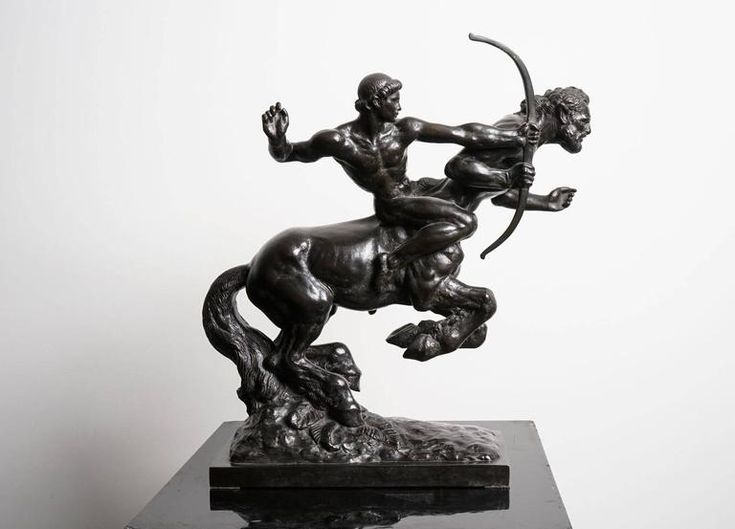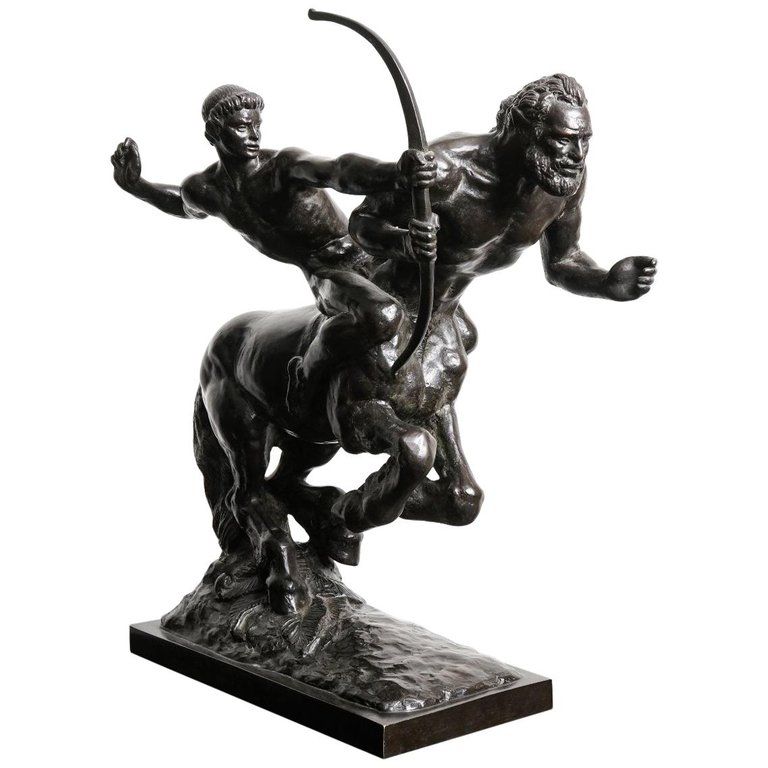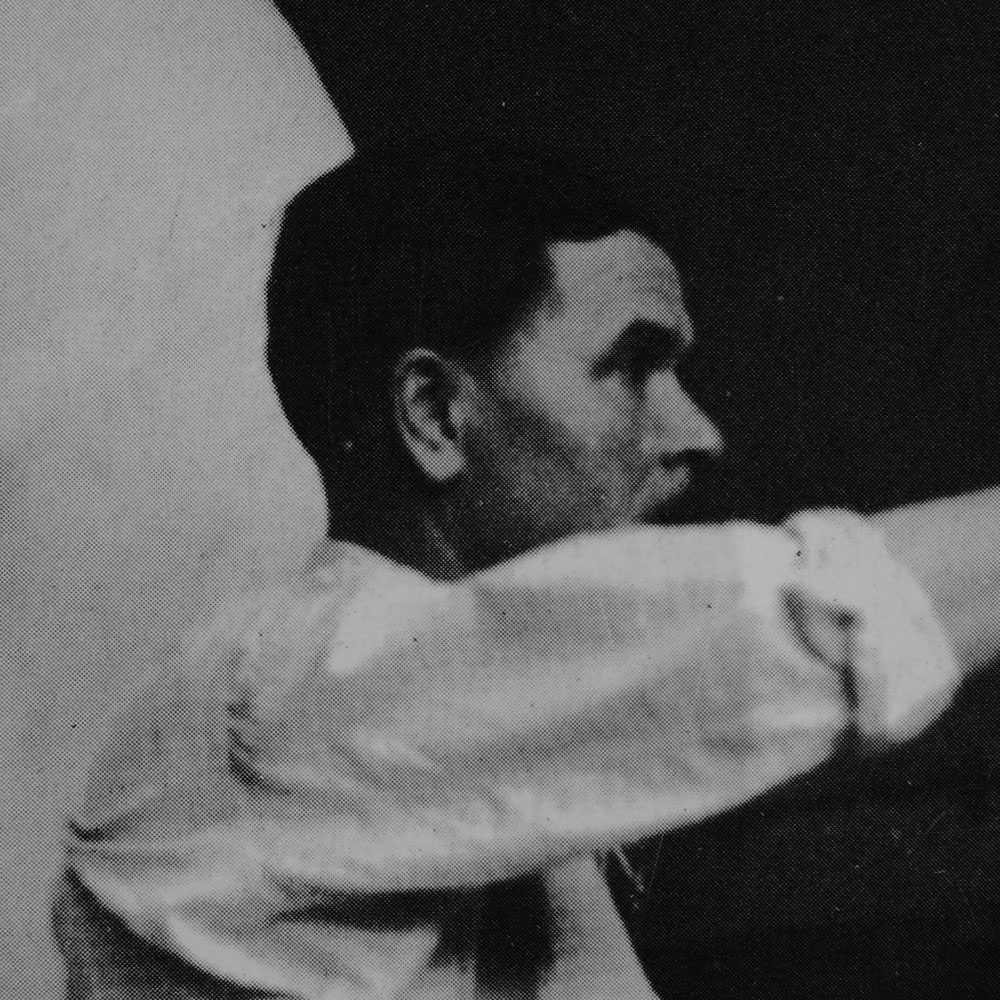Pierre Traverse
(1892-1979), France.
Pierre Traverse was born April 1, 1892, in St.-André de Cubzac (Dordogne, France). His father, a kaolin quarry operator in the Dordogne, he sent him to Limoges to Philippon, an old sculptor, to learn the rudiments of the trade (with the objective of decorating plates of Limoges), he then started to attend the National School of Decorative Arts of Limoges. He was only 16 years of age when he made his first known sculpture “Dog”, in kaolin. Later, he was enrolled in the École des Beaux-Arts in Paris, to the studios of Jean-Antoine Injalbert. He attended the studio for only one year until his return to Dordogne during the floods of 1911. Lieutenant of infantry during the World War I, he was wounded in the right arm (“arm in 7 pieces” according to his words) and has always kept a serious handicap.
Pierre Traverse sculpted “L’Atalante” in 1926 and received commissions from the United States, notably from William Randolph Hearst. Between 1931 and 1935, he sculpted “The Eve Tempted” in direct cut in the onyx and produced other direct sizes such as “Bather”, “Maternity” or “The Childhood of Bacchus”. He sculpted 29 direct sizes (and one unfinished at the date of his death).
From 1936 to 1937 he worked on commissions for the Universal Exhibition: “The Man” (L’Homme) au Palais de Chaillot in Paris, and the doors of the Pavillon de l’Enseignement. He exhibited at the Salon des Artistes Français, of which he was an hors-concours member, the Salon d’Automne and the Salon des Artistes Décorateurs. A highly important French sculptor, Traverse was active during the 1920’s and 30’s, working primarily in bronze, stone, white marble and white onyx – a costly, rare and temperamental material to work with. Occasionally he also worked in porcelain.
Pierre Traverse received a silver medal in 1921, a Gold Medal in 1926 and a diploma of honor in 1937 at the International Exposition in Paris. He was also awarded a medal of honor in 1942 and was decorated with the Legion of Honour in 1938.
Since 1940 Pierre Traverse was teaching as a professor at the École nationale supérieure des arts appliqués et des métiers d’art in Paris, working as a sculptor in parallel. From 1940 to 1946, he produced The Education of Achilles and Artemis, and many other sculptures. He continued to exhibit every year at the Salon des artistes français, where some works were acquired by the Musée National d’Art Moderne and the Musée d’Art Moderne de la Ville de Paris, until 1960, when André Malraux explained that his style was old-fashioned, which marked the end of his public career. Between 1965 and 1967, he produced his last monumental works (“The Bather”, “Maternal Tenderness”). Traverse died in 1979.
Examples of Traverse’s work can be seen across Paris: “The Man” (1937; at the Gardens of Trocadero), “Two Women and a Child” (1938; fountain composition at the Parc de la Butte du Chapeau-Rouge), “Maternity” (1930, at the Garden of Musée Paul Belmondo) and others.


